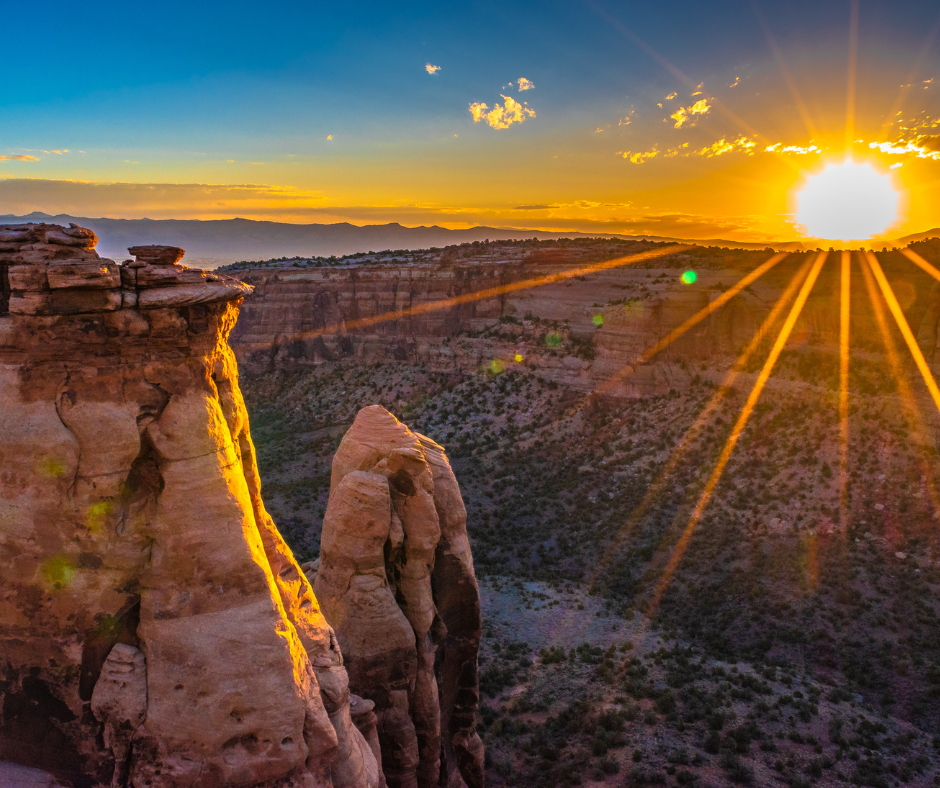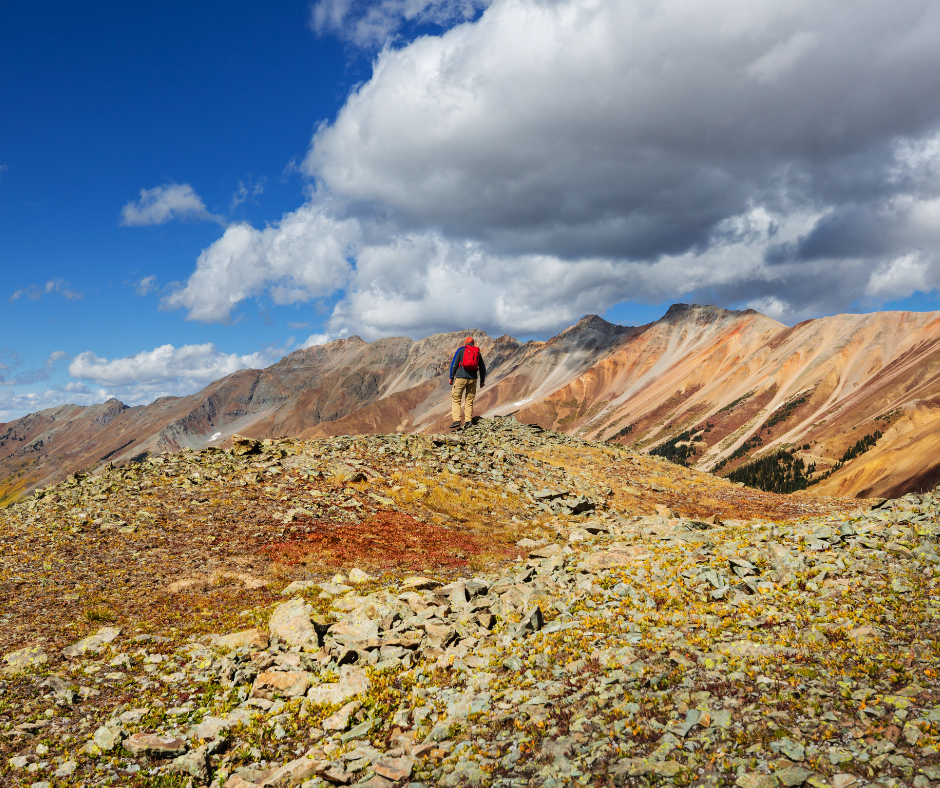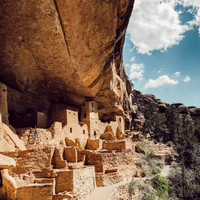There's been a lot of talk about public lands lately (they've been impacted by staffing cuts and are at risk for sale), but do you really understand what's covered under the umbrella of "public lands" in these discussions? In case you don't, here's primer on public lands for anyone feeling left out of the loop.
Public lands, the vast and varied landscapes owned by the American people, offer a wealth of outdoor recreation opportunities. Colorado is home to a lot of public land – 22 million acres, in fact. National parks, national forests, and BLM land are all public land, but they all have different land managers who have distinct management approaches that shape the recreational experiences they provide.
National parks are managed by the National Park Service and prioritize preservation, offering visitors stunning scenery and carefully managed recreational access. In Colorado, if you’re hiking and sightseeing in iconic locations like Rocky Mountain National Park, where trails wind through alpine meadows and past towering peaks, or exploring the ancient cliff dwellings of Mesa Verde National Park, you’re recreating on public land. Camping is often permitted within designated campgrounds, allowing for immersive experiences in these protected landscapes, though dispersed camping and motorized recreation are generally limited.
National forests are managed by the U.S. Forest Service. In Colorado's national forests, such as the White River National Forest or the San Juan National Forest, visitors can enjoy extensive hiking and backpacking trails, often with less strict regulations than national parks. Dispersed camping is generally allowed (but not always, so check before you head out!), offering greater freedom for overnight adventures. Activities like mountain biking, rock climbing, and fishing are popular, and in certain areas, motorized recreation like off-roading is permitted on designated trails.
BLM land is managed by the Bureau of Land Management and encompasses vast tracts of land, particularly in the western United States. BLM land often provides a more rugged and less developed recreational experience. In Colorado, BLM land near areas like Cañon City or Grand Junction are popular for activities like off-road vehicle use, dispersed camping, and rock climbing. These areas often lack the developed infrastructure of national parks and forests, appealing to those seeking a more primitive and adventurous outdoor experience.

The fight to keep ALL public lands in public hands is crucial for several reasons, all stemming from the fundamental principle that these lands belong to all Americans.
Access and Equity
Public lands provide recreational opportunities that are often accessible to people of all socioeconomic backgrounds. You can explore the outdoors without having to pay massive fees for access, and in many areas, there's no cost at all. Privatization or significant resource extraction can limit or eliminate these opportunities, disproportionately affecting people who can't afford private land access. Keeping public land open to the public guarantees that everyone, regardless of their income, gets to experience the beauty and restorative power of nature.
Conservation and Environmental Protection
Public lands are managed, to varying degrees, with the goal of preserving natural ecosystems, wildlife habitats, and watersheds. Transferring these lands to private entities often prioritizes profit over conservation, which leads to increased resource extraction, habitat destruction, and pollution. Public stewardship ensures that these lands are managed for the long-term health of the environment, benefiting both humans and wildlife.
Economic Benefits
Public lands support local economies through tourism, recreation, and outdoor industries. When you go to an area to explore and stop by the town to support their businesses, you're helping to support local jobs and provide revenue that would be lost if these lands were privatized or heavily exploited.
Historical and Cultural Preservation
Many public lands hold significant historical and cultural value, including sacred Indigenous sites, historical landmarks, and archaeological sites. Public ownership ensures that these places are protected and preserved for future generations, rather than falling to commercial development or destruction.

Join us in the fight to protect public lands by signing petitions (don’t sell our public lands and reverse staffing cuts from Outdoor Alliance are two must-signs), sharing your experiences, and volunteering to help with trail maintenance while we adjust to the staffing cuts and changes.
Another way you can help is by downloading our Recreation Impact Monitoring Systems (RIMS) app and reporting problems you encounter when you’re out on the trail. By reporting issues through RIMS, you tell land managers exactly where they need to go so that they don’t have to make guesses about which areas need repair. Learn more and watch the training video here.
 Felicia Brower
Felicia Brower

Add a comment
Log in to add comments.